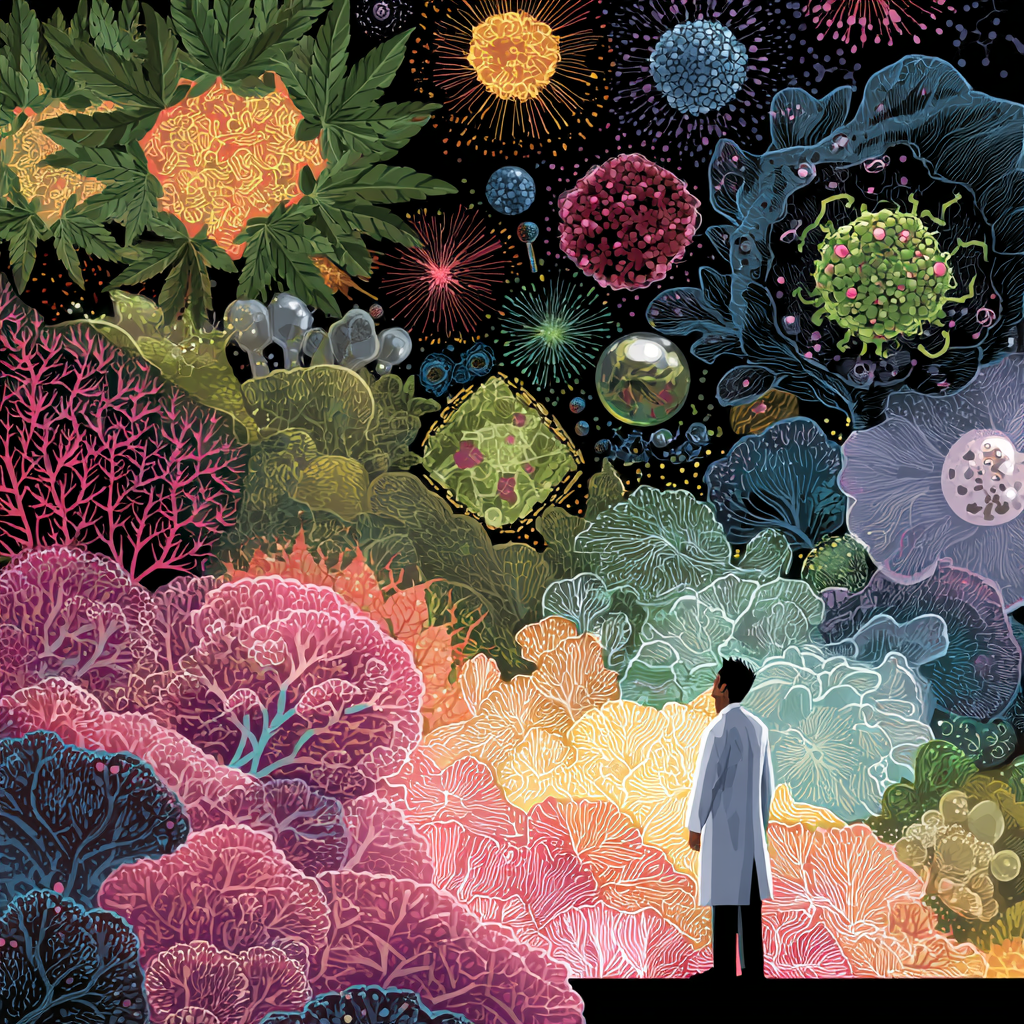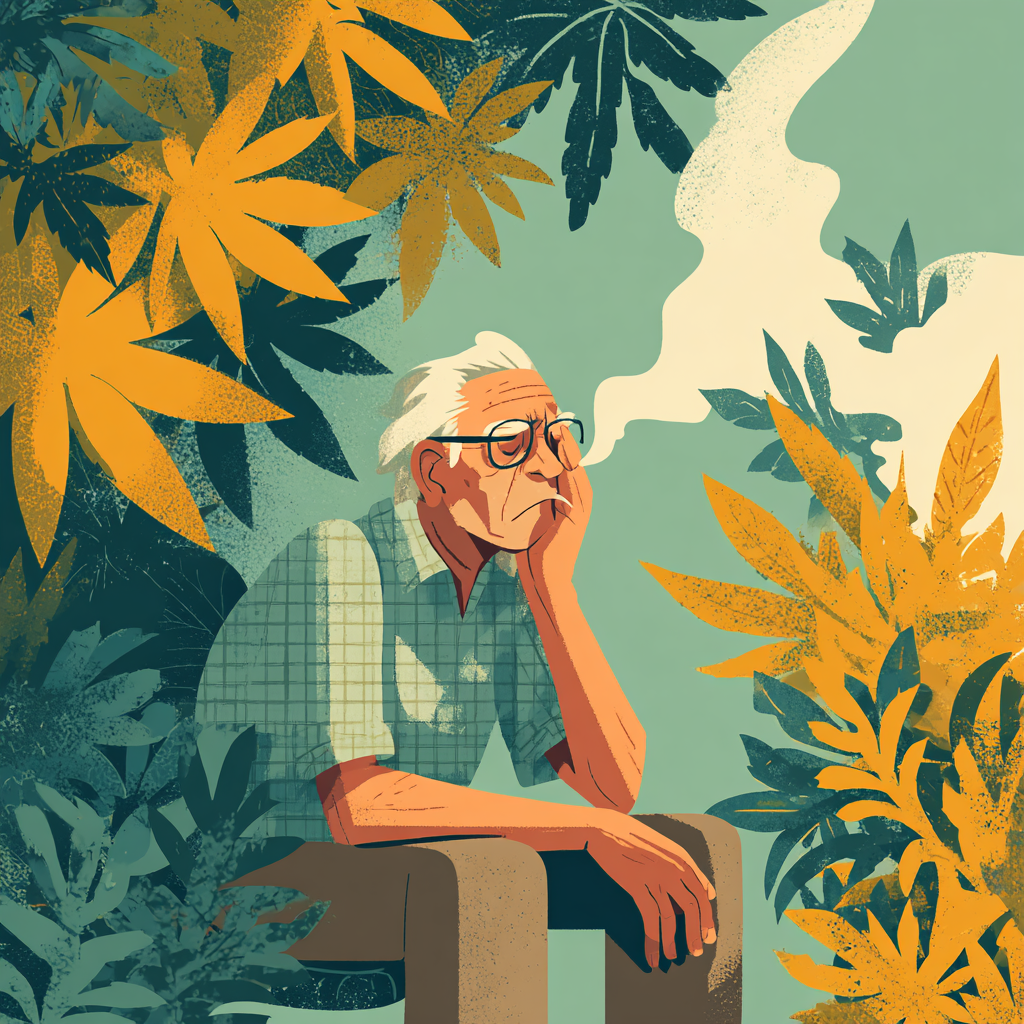Cannabis and Sexual Satisfaction: The Green Light for Better Intimacy

A landmark doctoral dissertation at Queens University examined the connection between cannabis use and sexual functioning in two large studies involving over 1,600 participants.
The research demonstrates that cannabis use is associated with greater sexual desire and arousal, and lower sexual distress.
The study found that greater frequency of cannabis use was associated with greater daily sexual desire and that study participants reported significantly higher sexual desire and arousal on days when they used cannabis compared to days when they did not use cannabis.
Fifty percent of questionnaire participants reported that they used cannabis solely for sexual enhancement.
The results add to a growing body of evidence that while the relationship between marijuana and sex is complex, cannabis appears to lead to more sex and greater satisfaction.
Researchers do note, however, that dosage matters – smaller amounts of THC appear to be most effective at stimulating desire, while larger amounts appear to have the opposite effect and suppress desire and performance.
The research is useful to both sex therapy and general psychotherapy practice.
Source: marijuanamoment.net
Middle-Aged Brains Get a Cannabis Boost: Daily Use Shows Cognitive Benefits

New research challenges common assumptions about cannabis use in older adults, revealing that daily cannabis use produced cognitive improvement and reduced brain inflammation in aged humans and animals.
The study shows that cannabis use among adults over 65 has grown rapidly, with use after retirement quadrupling between 2015 and 2023.
Among working-age older adults (50-64), 34% of women and 39% of men report daily or near-daily use, primarily for pain management.
Research demonstrates that low-dose, daily cannabis did not impair and can even provide significant benefits to middle-aged humans. Animal studies showed that repeated exposure to cannabis smoke enhanced working memory in aged rats, while having no effects on episodic or spatial memory.
The beneficial effects appear related to the natural decline of cannabinoid receptors during aging, which correlates with increased brain inflammation and memory impairments.
Daily cannabis use may counteract these age-related changes by stimulating remaining cannabinoid receptors and reducing neuroinflammation.
The research suggests that cannabis could effectively combat the degenerative effects of chronic brain inflammation in the aging population.
Source: psychologytoday.com
Unlocking Cannabis’s Hidden Potential: Revolutionary Genetic Atlas Reveals Untapped Possibilities

Salk Institute scientists have constructed the most complete genetic map of cannabis ever, comparing 193 cannabis genomes and finding unprecedented genetic diversity in this ancient plant.
Cannabis is one of the world’s most amazing plants. Although a global medicine, food, seed oil, and fiber crop for at least 10,000 years, it is one of the least advanced of the major modern crops, partly due to a century of prohibition, says senior scientist Todd Michael.
The study, published in Nature, revealed cannabis was teeming with stunning genetic diversity – as much as 20 times greater than that of humans.
The researchers identified 23% of genes as found in all genomes, and 55% found nearly universally, showing vast breeding potential yet untapped.
Cannabis is also like a chemical factory with the ability to produce more than 30% of its dry weight in terpenes and cannabinoids.
The genetic findings opened up new avenues for making scarce cannabinoids like THCV and revealed insights into fatty acid biosynthesis that could make cannabis oil comparable to canola or soybean oil.
The study also showed the importance of male plant genetics, suggesting current feminization breeding protocols may be missing out on valuable genetic diversity.
The genetic map opens the way for breeding cannabis as a sustainable source of textiles, medicine, foods, and even possibly jet fuel alternatives.
Source: phys.org
Synthetic Cannabinoids Show Promise as Precision Cancer Fighters

Systematic review of 27 synthetic cannabinoid papers as a cancer therapy revealed their enormous therapeutic potential in models of different cancers.
CB2R agonists have a potent inhibition of cancer cell growth through diverse mechanisms, while selective CB2R agonists are potent inhibitors of cancer cell growth and survival.
Synthetic cannabinoids are known to act as agonists, antagonists, and inverse agonists at CB1 and CB2 receptors, having diverse anticancer activities.
CB2 receptor agonists were the most promising anticancer drugs, with activity against breast cancer, glioblastoma, lung cancer, pancreatic cancer, and melanoma.
They act by inducing apoptosis (programmed cell death), inhibiting cell growth and mobility, inhibiting angiogenesis (the formation of new blood vessels that provide tumors with the nutrients required for growth), and disrupting significant cancer survival signals.
Studies indicate that synthetic chemicals are able to reduce the growth of cancer by 40-50% and halt its metastasis in the lungs by 65-80% in studies on animals.s.
The studies show that these synthetic cannabinoids can offer more targeted cancer therapy with fewer side effects than traditional chemotherapy as they affect only cancer cells leaving normal tissue unaffected.
Scientists, however, require more clinical trials to define their complete therapeutic potential and safety profile in human patients.
Source: jcannabisresearch.biomedcentral.com
Cannabis Cautions for Seniors: When Gummies Go Wrong

A cautionary tale is emerging as cannabis consumption takes off among older Americans, with use by those 65 and older increasing from 4.8% in 2021 to 7% in 2023.
Geriatrician Benjamin Han warns of greater danger for older adults after seeing a 76-year-old woman end up in the emergency room with anxiety and heart palpitations after consuming four 10-milligram THC gummies in one evening.
Emergency room visits for cannabis consumption by older adults have skyrocketed, from 21 per 100,000 in 2005 to 395 per 100,000 in 2019 in California alone.
Studies identify troubling trends: older brains are more vulnerable to psychoactive medications, and cannabis products today are significantly more potent than in earlier generations.
A Canadian study with startling findings found patients with cannabis-related acute care had 1.5 times higher risk for developing dementia within five years.
Among older veterans who consumed cannabis, 36% had criteria for cannabis use disorder, indicating problem use that interferes with daily tasks.
The cannabis industry has a steady sales pitch to older adults in the form of discounts and education classes, and many older adults embark seeking cannabis for pain, insomnia, and anxiety.
Clinicians, however, have the mantra “start low, go slow,” and recommend products with just 1-2.5 milligrams of THC. The boom in cannabis consumption is occurring faster than science can keep up with how to consume more safely and with what proper dosing is for vulnerable older adults.
Source: oregonlive


